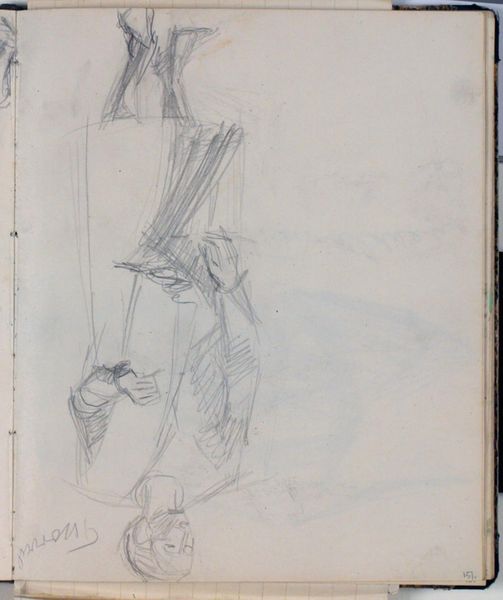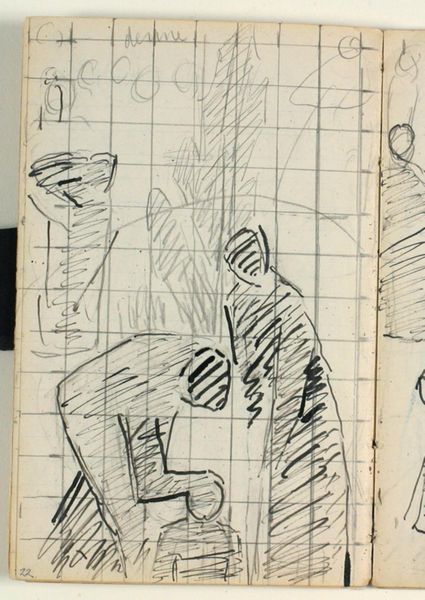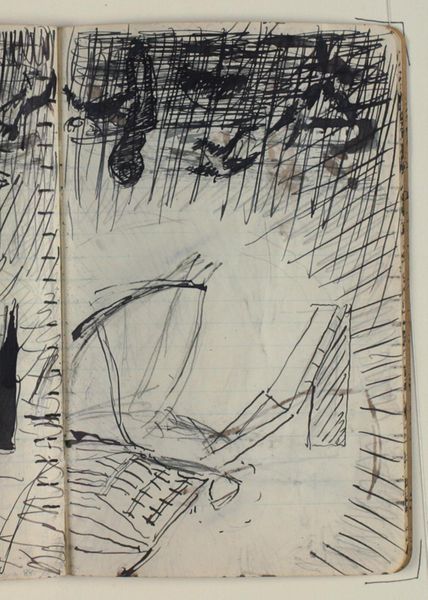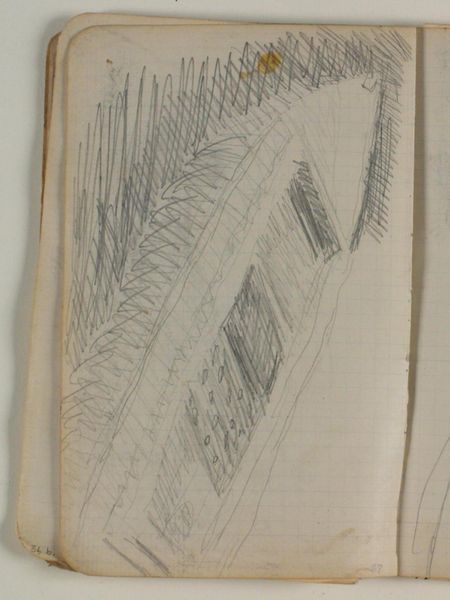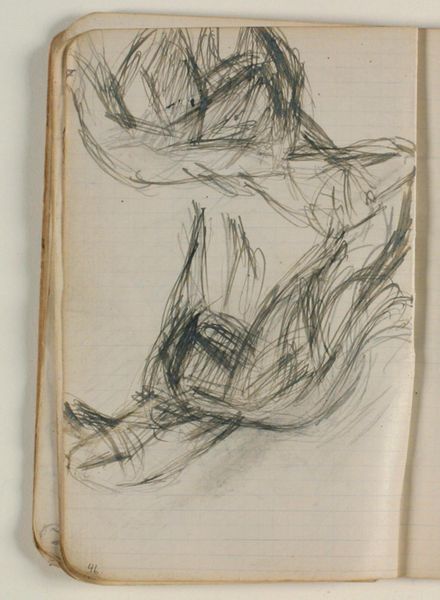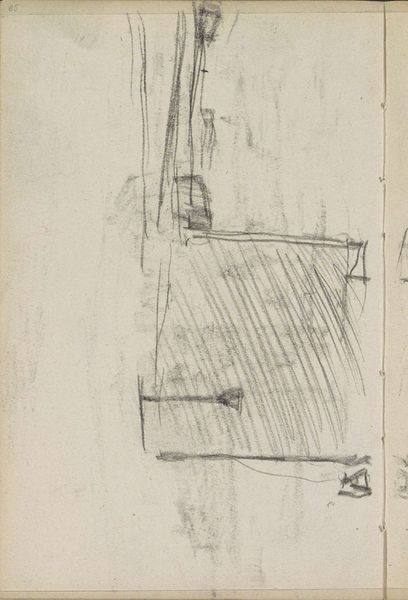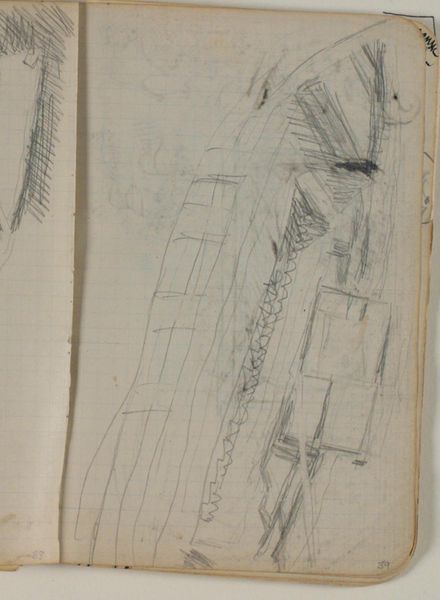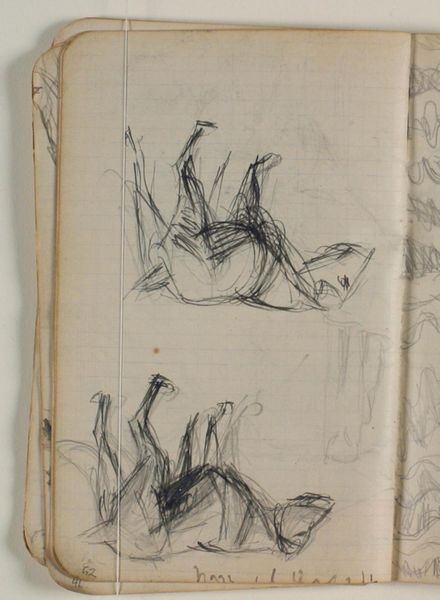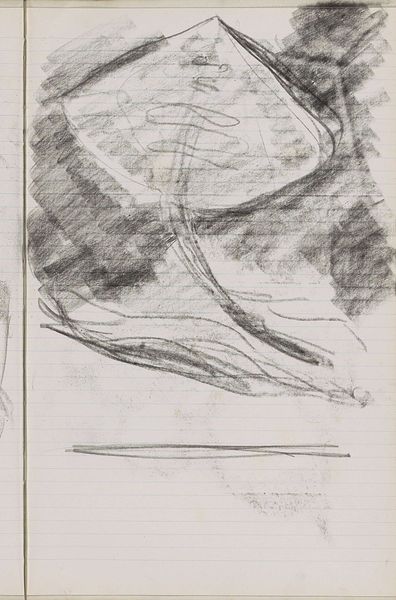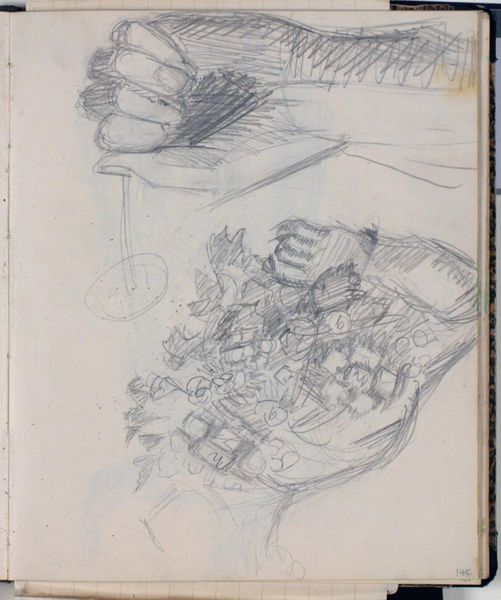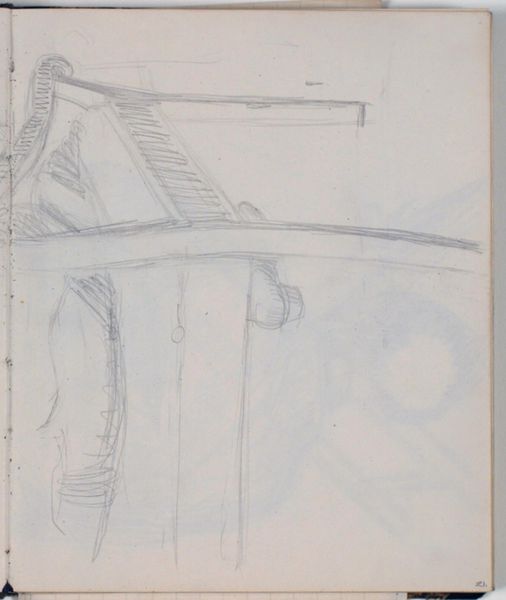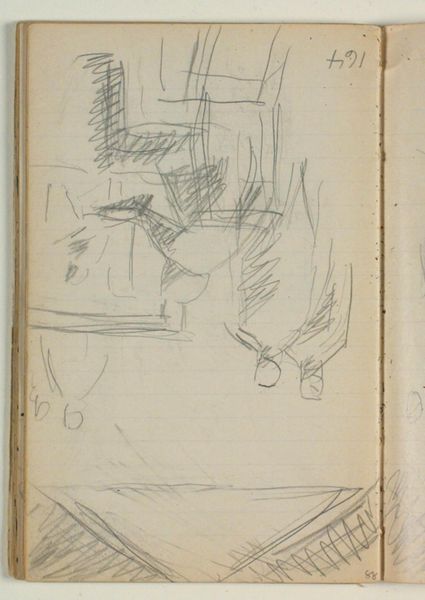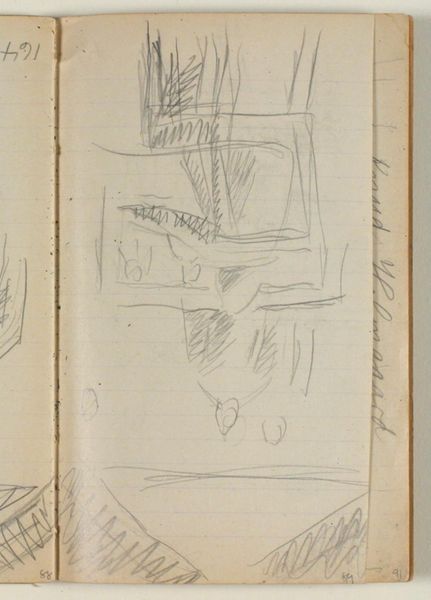
drawing, pencil
#
portrait
#
drawing
#
pencil
#
academic-art
Dimensions: 226 mm (height) x 185 mm (width) x 112 mm (depth) (monteringsmaal), 221 mm (height) x 184 mm (width) (bladmaal)
Editor: So this is "Studier af baronesse Stampe," studies of Baroness Stampe, made with pencil, by Niels Larsen Stevns, sometime between 1930 and 1936. It's just a quick sketch, very sparse. I’m wondering about the materials, though. Why choose such a seemingly… ephemeral medium to depict someone of status? What can you tell me about it? Curator: Good question. Pencil, in its accessibility and relative cheapness, allowed for preliminary studies, for working through ideas economically. The artist can investigate form and pose without the investment – monetary or otherwise – of paint or bronze. This economy then is tied to social realities; materials determine who has access to making and the final audience. Think about the Baroness Stampe, the depicted subject and presumed consumer: her wealth grants her a degree of visual representation largely denied to the working class. Editor: That's an interesting point. It makes me consider the power dynamics inherent in the artistic process. Was there anything about the Stevns's social position as the artist influencing this process and product? Curator: Certainly. The commission itself reinforces social hierarchies. Stevns, dependent on patrons for income, engages in a form of labor shaped by class and taste. Each stroke reflects the means of artistic production shaped by the Baroness Stampe and larger economic landscape during the interwar period. Do you think that Stevns' other choices in art creation and visual decisions mirror the conditions of their historical and cultural context? Editor: I see that more clearly now, yes. Viewing the artwork through that kind of lens offers a whole new depth. It's no longer just a sketch; it’s an artifact embedded in a web of economic and social relations. Curator: Exactly. Examining the material conditions, from the humblest pencil to the grandest commission, allows us to decipher the silent narratives embedded within the artwork, revealing complex connections between labor, materials, and the societies that produce and consume art.
Comments
No comments
Be the first to comment and join the conversation on the ultimate creative platform.
